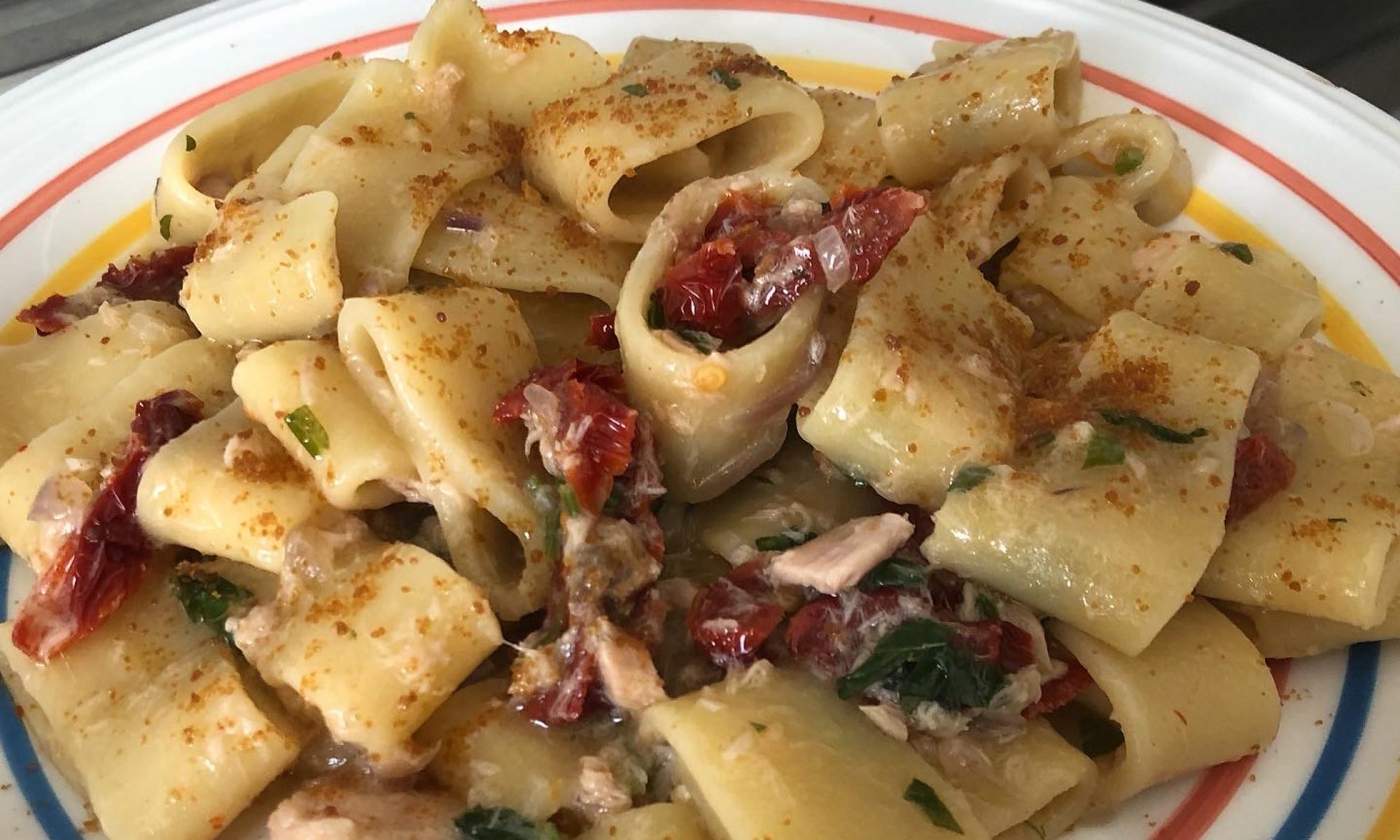 One of the cornerstones of Roman / Lazio cuisine is the cacio e pepe pasta from which, by varying some ingredients, the very famous gricia, amatriciana and carbonara derive.
One of the cornerstones of Roman / Lazio cuisine is the cacio e pepe pasta from which, by varying some ingredients, the very famous gricia, amatriciana and carbonara derive.
The context in which cacio e pepe pasta originated is the poor one linked to sheep farming and transhumance.
Cacio e pepe pasta is only apparently a simple dish in fact, those who decide to make it for the first time, if they do not pay the right attention, risk causing the cheese to coagulate, irreparably ruining the final result.
The ingredients necessary for the realization of the cacio e pepe pasta are few and easy to find, for this reason they must be of the highest quality.
Ingredients for 4 people
400 gr of Pasta (classic are tonnarelli but spaghetti and bucatini are also used while rigatoni and penne rigate are less common)
200 gr medium-high seasoned Pecorino Romano (to be finely grated)
2 tablespoons of black peppercorns
Salt to taste.
For the preparation, take a good half of the black peppercorns and crush it coarsely. Pour it into a pan of adequate size and toast it for a few moments to enhance its aroma and blend it with a ladle of pasta cooking water.
Let’s boil the pasta using, for this time, a little less than the amount of water we usually use and avoid salting it particularly since the pecorino romano will already be salty.
The use of a little water is a prerequisite when, a few minutes after the end of cooking, it will be loaded with starch and therefore perfect for making both the ‘creamy’ of pecorino cheese and for ‘blending’ the toasted pepper inside the pan.
A few minutes before the pasta finishes cooking, pour a little of its cooking water (not boiling, let’s say about 55 degrees …) into a container containing the grated pecorino romano and start mixing. We will gradually add more water, stirring constantly until we have obtained a ‘cream of pecorino’ of the right consistency.
Drain the pasta al dente and bring it to the pan with the toasted and blended pepper at the end of cooking. Let’s help each other by gradually pouring more cooking water.
At this point, turn off the fire, add the pecorino romano cream and skip everything. If our cheese and pepper should be too thick, we will gradually add, always stirring, more cooking water, vice versa we can add a little more cheese.
If we have followed the various steps step by step, the relatively low temperatures with which we have incorporated the cream of pecorino romano to the pasta will have avoided the formation of anti-aesthetic and tasteless lumps of cheese.
At this point, we just have to serve, sprinkling the pasta with the remaining part of more finely ground black pepper, possibly garnishing it, according to taste, with further freshly grated pecorino.
Variants and Curiosities
- It is not included in the original recipe, but some cooks use a light grating of lemon zest to ‘balance’ the heaviness of the cheese, especially in the digestive phase.
- If after a preliminary first taste, depending on the aging, the pecorino romano is a little too salty, to mitigate its flavor, you can make a mix by adding a little Parmesan.
